Record and Share your browser history with Hooeey
Duryodhan was so nice to send me a link to Hooeey, a website offering a button and toolbar for Firefox that records your browsing history.
It's basically a combination of Del.icio.us (bookmarking, tagging) and your browser history. The main benefit is that everything is recorded automatically and that you can add tags and comments to the links if you like. The recording feature can be disabled so that some websites do not get recorded.
Statistics can be accessed on the Hooeey website which offers search, access to all links and extensive statistics like top links, browsing time and analysis. The Browsing Time graph for instance displays the amount of time per day that you spend surfing the web.
All links visited on a certain day can be displayed which is very nice if you want to look something up again. The nicest feature in my opinion however is the ability to create so called Webtours which are basically link collections. Those Webtours can be shared with others. Take a look at the sample web tours for example offered on the homepage of the service.
Users can add links that should never be stored in the Settings. Several default types can be checked, for instance https, ftp or email provider websites. Additionally urls can be added to a form field. Bookmarks from several browsers can be imported here as well.
I had troubles getting the button to work. The toolbar was installing nicely in Firefox but the button did not appear at all. Could be related to my setup, not sure though. It's not a type of site that I find that useful because I delete my history when Firefox closes and I do not like that those records would be stored - albeit privately - on a website.
Update: Hooeey has not been updated for some time now and while the service does not appear dead yet, it may not work correctly anymore due to that. There is also an Internet Explorer available now by the way.
Advertisement


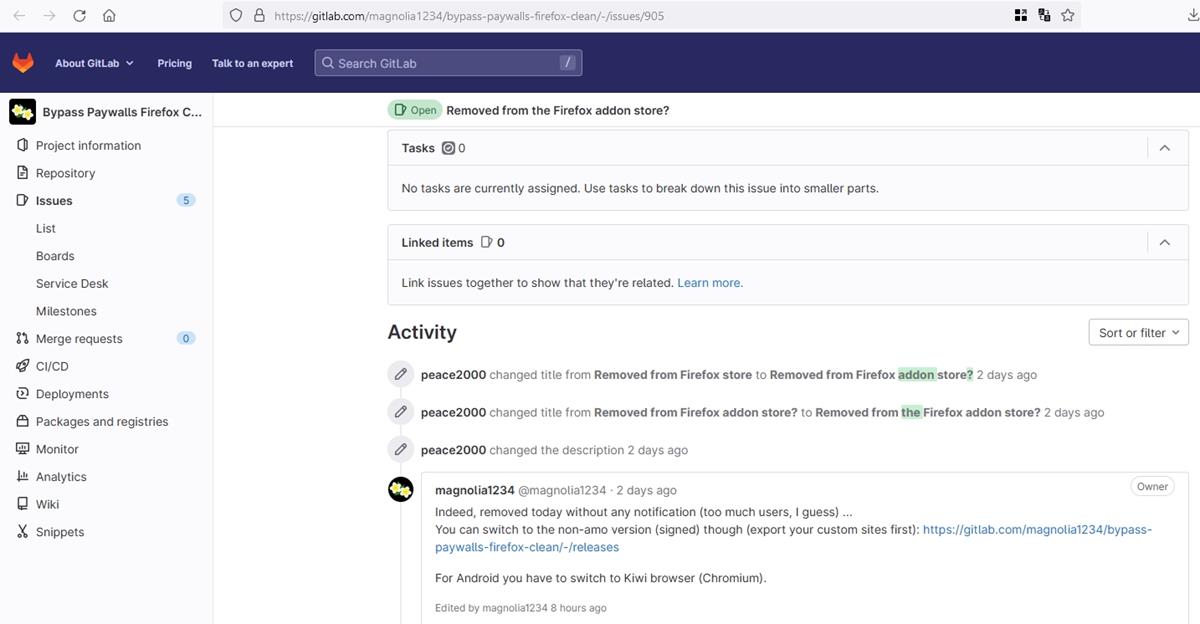
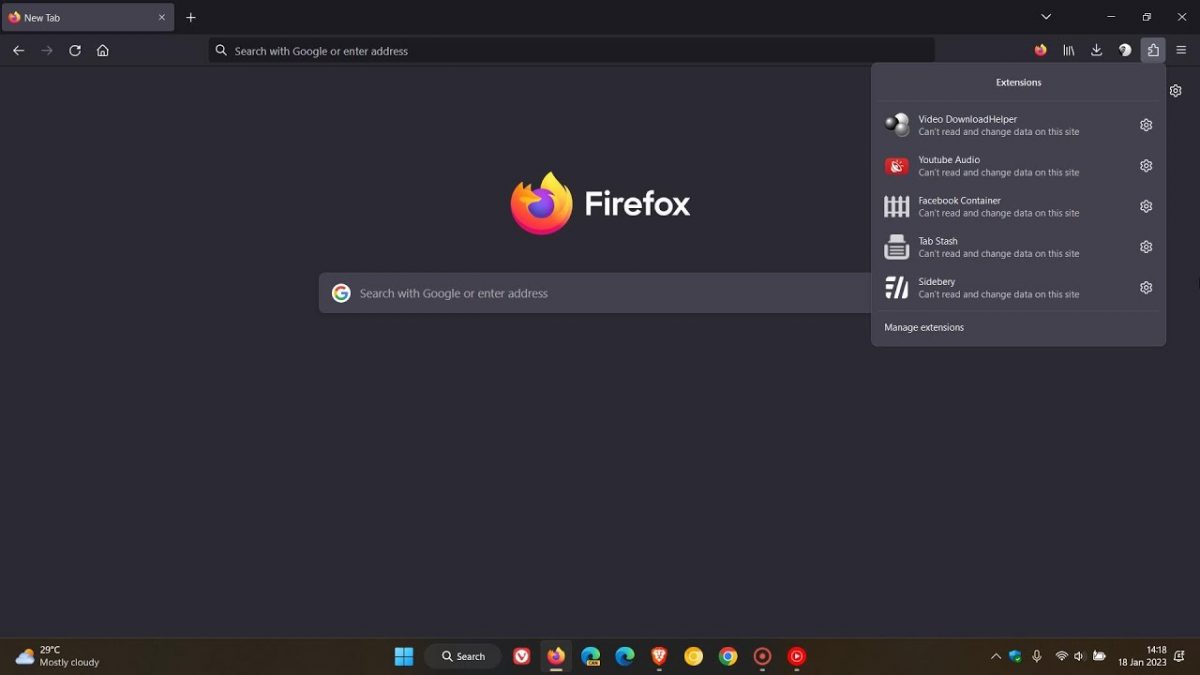



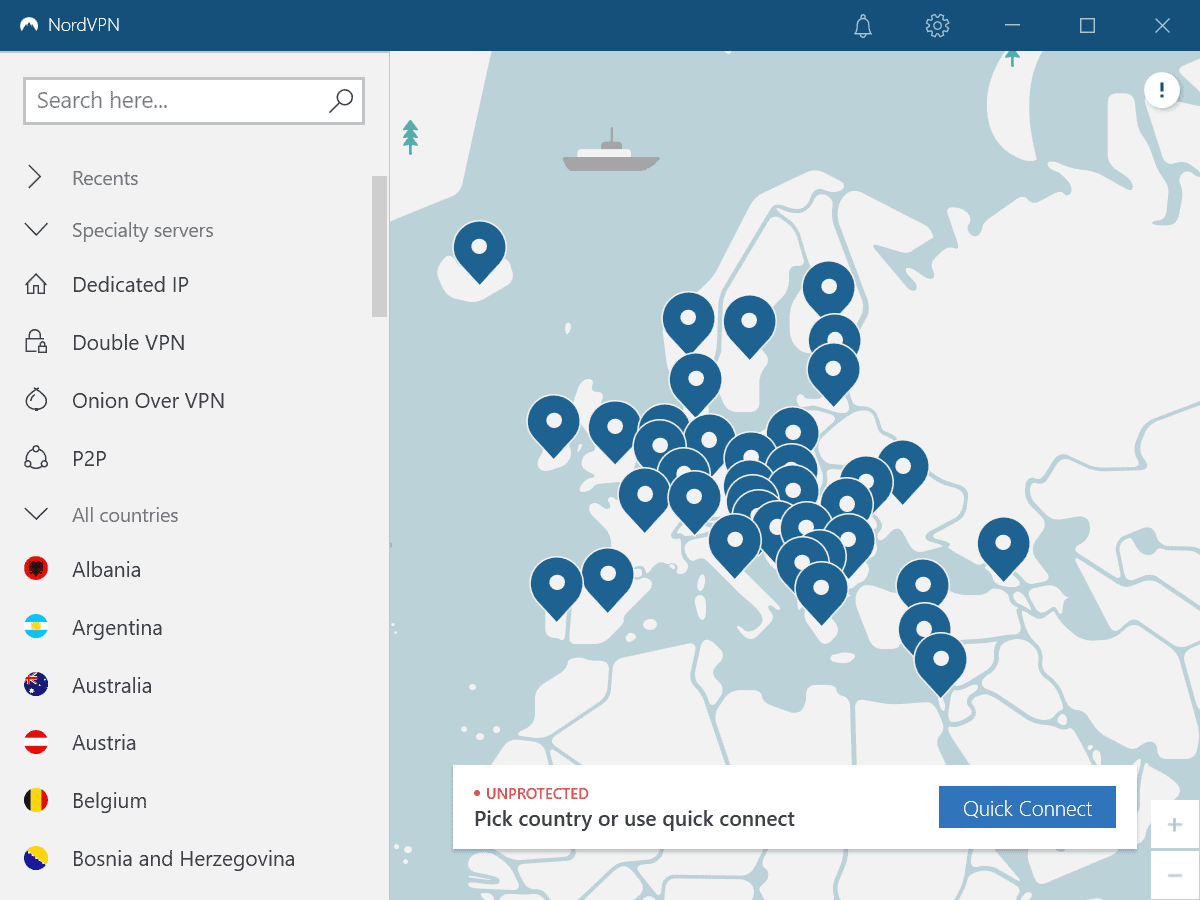
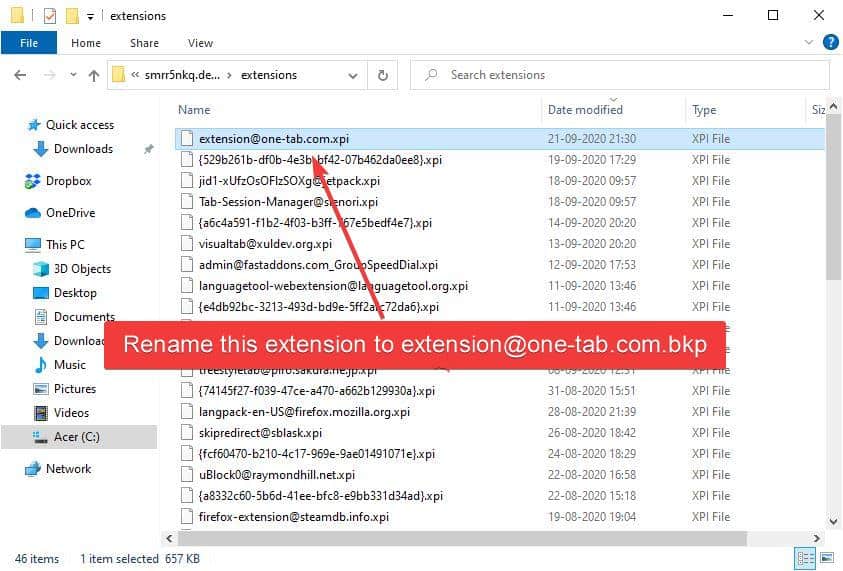
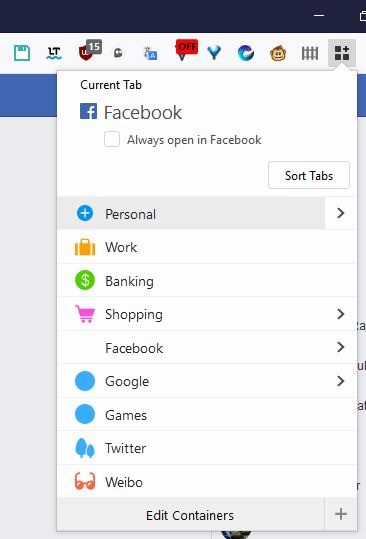










Martin and Duryodhan,
This is Anjana from hooeey. Good news is that we have come up with a new product hooeeywebprint built on Adobe AIR 2.0 platform. hooeeywebprint captures web history in real time along with screenshots and enables easy search, share, retrieve and view functions through the screenshots it captures.
It would be great if you could both kindly follow the link http://www.hooeeywebprint.com
Please do let me know if you would like to know anything more.
p.s You could find hooeeywebprint on the adobe marketplace as well as the intel appup.
link’s broken to my homepage :)
The thing that struck me the most about hooey is that it is an Indian startup from Banglore. It is pretty rare for a Web 2.0 app (a very usable one at that) to be from Banglore.